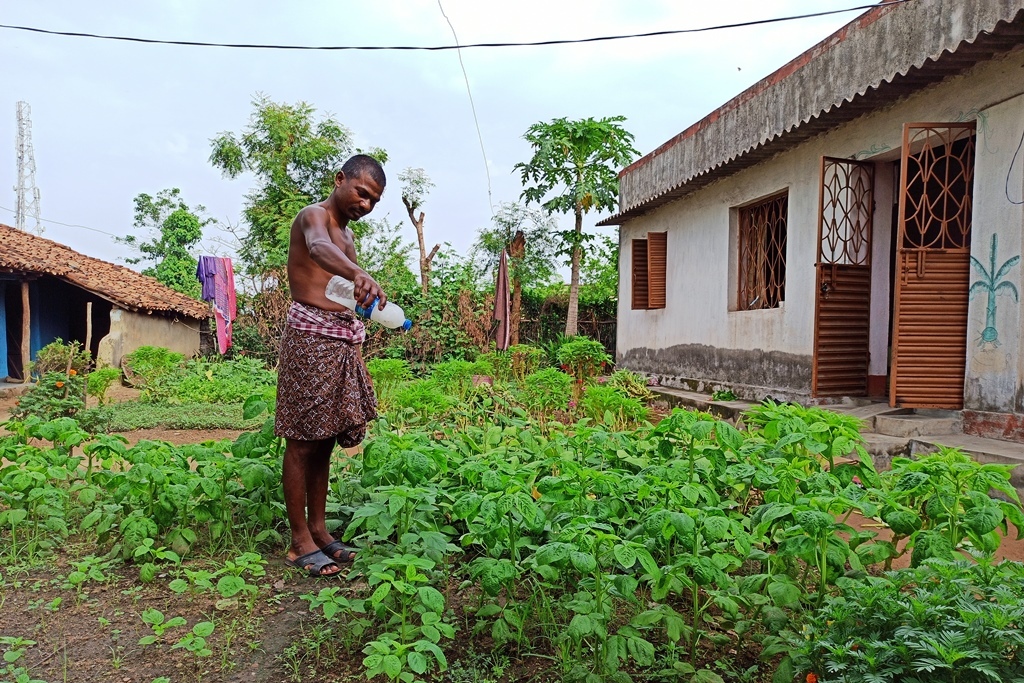Malkanagiri: Two days after swarms of locusts reportedly entered some parts of Nilagiri in Balasore district, a huge swarm of locusts were seen in some areas of Padia block in Malkangiri.
The threat of the marauding inspects has appeared in this bordering area while the State government Sunday alerted farmers about a possible locust invasion in the state.
The locals in Padia block were panicked to see large swarms of locusts gobbling up plants in the area. The crops are not yet raised.
Farmers in the area observed that if the locusts are not controlled, starting the farming work will be a risky job in the area.
They demanded that the administration and the agriculture department should take immediate steps before the cropping season starts.
Contacted about it, district agriculture officer Ramchandra Patnaik said that officials are keeping tabs on the movement of the locusts while 200 farmers were alerted though SMSes so as to take precautionary measures.
The department will decide on the effective steps to control the insects and farmers will be apprised about it, the DAO assured.
Arrival of locusts has come at a time while common man and farmers are already reeling under the COVID-19 threat with the number of infections increasing on a daily basis.
Undoubtedly, the threat of locust will be an added headache for the state government. The farmers are apprehensive about the financial losses they will suffer in the coming farming season.
Local residents said that the swarm has already destroyed many plants in the area. “Unless the insects are driven away or destroyed, they will cause more damage in the vicinity to crops,” they rued.
It may be recalled that locust swarms entered Rajasthan last month from Pakistan and then spread to areas across the western states, helped by strong winds.
The locust menace has also hit neighbouring state Andhra Pradesh a few days ago.
The United Nations Food and Agriculture Organisation (FAO) desert locust information centre said several successive waves of invasions could be expected until July in Rajasthan with eastward surges across northern India as far as Bihar and Odisha followed by westward movements.

